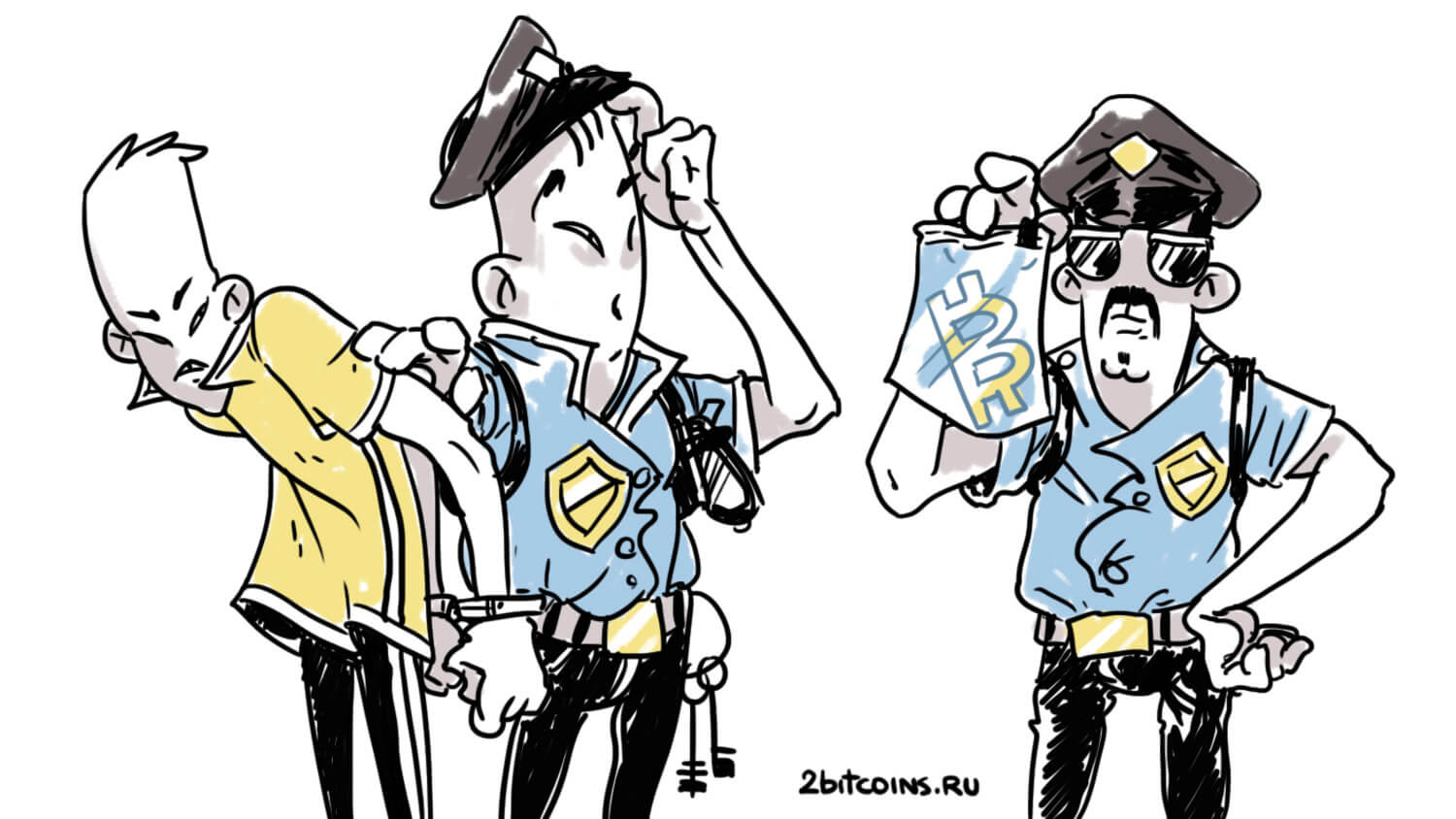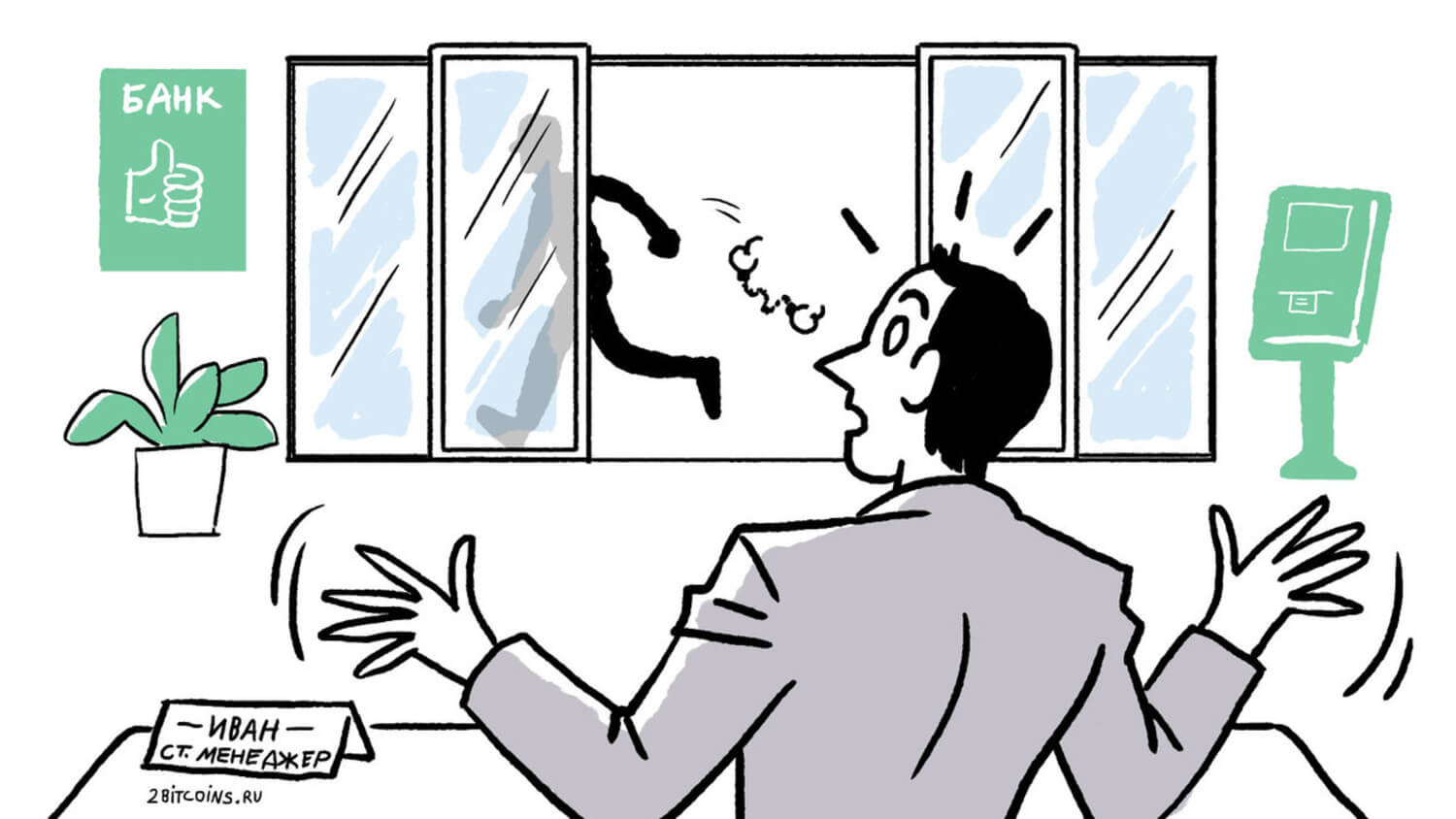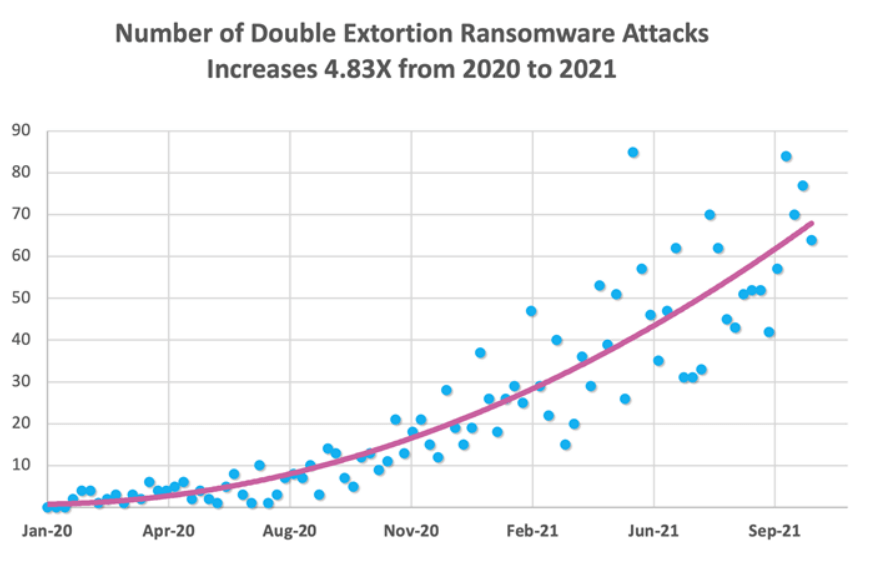Hackers are increasingly using Monero in ransomware attacks. What is this about?
According to a recent report from analyst firm CipherTrace, hackers prefer to receive ransom payments for their victims’ sensitive data blocked by them in the anonymous cryptocurrency Monero XMR. The fact is that transactions on the Monero network are virtually untraceable by law enforcement agencies. Ransoms are still very often demanded in Bitcoin, but in this case their amounts are noticeably higher, as it is relatively easy to monitor BTC flows. We tell you more about the situation.

Note that cryptocurrencies are indeed often used by hackers. As an example, we can recall the large-scale case of the University of California in the summer of 2020. At the time, hackers gained access to the information of the COVID-19 research team at the institution. They blocked important data and demanded a ransom of 116 bitcoins. Although the scientists initially said the amount was too high, they ended up making the payment. And the communication with the hackers took place in several stages, as we described in detail here.

A bank customer
That said, there is also plenty of criticism over the use of coins in such schemes. For example, earlier this month the Governor of the Bank of England, Andrew Bailey, noted that the current state of the digital asset niche creates an excellent environment for criminals. Today, he said, it is digital assets that the perpetrators of cyberattacks are demanding as ransom. And while that doesn’t make cryptocurrencies bad, people unfamiliar with the crypto industry can surely draw the wrong conclusions about it after making such claims.
How criminals use cryptocurrencies
In their report, analysts highlighted the main trends in ransomware attacks over the previous two years. According to the company, there has been a noticeable increase in the number of so-called “double extortion attacks” during this period of time. This refers to an attack scheme in which the hacker not only steals their victims’ sensitive data, but also encrypts it. This forces the victim to pay a ransom for access to the data, even if the attacker still has a copy of it.

Increase in ‘double ransomware attacks’
Most attackers receive a ransom in Monero XMR. At the same time, those who accept other digital assets like Bitcoin usually add 10 to 20 percent to the value of the amount demanded. Here’s a rejoinder from the experts, with which they share their view of the situation.
“The ‘surcharge’ on BTC is likely seen by attackers as a payment for the increased risk in using such an easily traceable cryptocurrency.
According to CryptoSlate sources, at least 22 of the more than 50 hacker groups involved in extortion are accepting Monero XMR exclusively. As an example, Russian hackers Everest Group claimed to have hacked into US government agencies last year and are now demanding a ransom of $500,000 in XMR for stolen data.

An example of a data lock notification from the hackers
Meanwhile, Ireland’s Department of Housing, Local Government and Heritage is drafting rules that will prohibit political parties from accepting Bitcoin and other cryptocurrencies as donations in their campaigns. Accordingly, this too is unlikely to have a good impact on the reputation of cryptocurrencies as an asset class.
In particular, Local Government Minister Darragh O’Brien, who oversees elections and electoral reform, set up a task force in January to recommend laws to maintain electoral integrity. Particular attention has been paid to protecting the country from cyber-attacks and disinformation emanating from Russia’s supporters. At this point, geopolitical problems in Ukraine due to Russian actions have reportedly only exacerbated the situation, Decrypt notes.
We believe that such criticism of digital assets will be heard for a long time to come, as they are still a new class. However, the popularity of cryptocurrencies among crooks does not make them a bad thing - nor does demanding redemption in dollars force countries to abandon the US national currency. It will likely take time for traditional economies to realise the strengths of digital assets and the benefits of blockchain in general. Until that happens, we'll have to be patient.
SUBSCRIBE TO OUR CHANNEL ON TELEGRAM. THERE’S MORE INTERESTING NEWS HERE.















